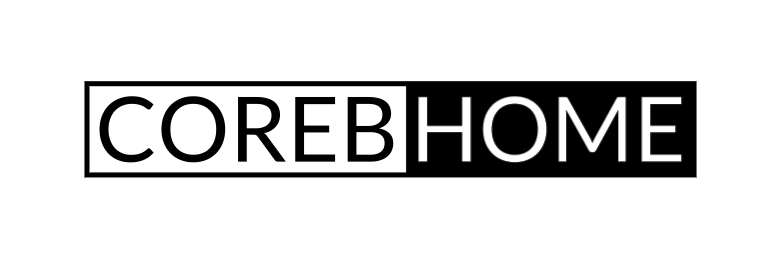In the rapidly evolving landscape of modern living, the integration of advanced home technology has emerged as a transformative force, reshaping the way we interact with and experience our living spaces. The concept of smart homes has transcended the realm of mere convenience, evolving into an intricate ecosystem that seamlessly combines cutting-edge technology, automation, and intelligent design to enhance our daily lives.

At the heart of this revolution lies the sophisticated infrastructure of smart homes, which employs a network of interconnected devices and systems to create an environment that responds intelligently to our needs. From lighting and security to climate control and entertainment, the capabilities of these intelligent systems have redefined the meaning of comfort and efficiency.
One of the key pillars of a smart home is the integration of smart lighting systems. Gone are the days of traditional light switches; instead, we now have intelligent lighting solutions that adapt to our preferences and the time of day. These systems, often controlled through intuitive mobile applications, allow users to customize the color temperature and brightness of lights, creating a personalized ambiance that caters to different moods and activities. Additionally, smart lighting can be programmed to mimic natural daylight patterns, promoting well-being and energy efficiency.
Security is another paramount aspect of home technology, with advanced surveillance and access control systems becoming integral components of smart homes. High-definition cameras equipped with facial recognition technology provide real-time monitoring and alerts, enhancing the security of the premises. Smart locks, integrated with biometric authentication or mobile applications, offer a seamless and secure way to control access, eliminating the need for traditional keys. These technologies not only fortify the safety of the home but also provide peace of mind to homeowners, who can remotely monitor and manage security aspects from anywhere in the world.
Climate control within smart homes has witnessed a paradigm shift, with the advent of intelligent heating, ventilation, and air conditioning (HVAC) systems. These systems, equipped with sensors and machine learning algorithms, adapt to occupants’ preferences and daily routines. They optimize energy consumption by learning from user behavior and adjusting temperature settings accordingly, resulting in both comfort and energy savings. Additionally, integration with weather forecasts enables proactive climate control, ensuring that the home is at an optimal temperature before occupants arrive.
The entertainment landscape within smart homes has been elevated to new heights, thanks to the integration of advanced audio and visual systems. Home theaters equipped with immersive sound systems and high-definition displays create a cinematic experience within the confines of one’s residence. Furthermore, smart speakers and voice-activated assistants have become ubiquitous, allowing users to control various aspects of their homes with simple voice commands. This convergence of entertainment and automation not only enhances leisure but also fosters a seamless and intuitive living experience.
A cornerstone of the smart home revolution is the Internet of Things (IoT), which facilitates communication and coordination among various devices. IoT enables the creation of a unified ecosystem where devices “talk” to each other, sharing data and insights to optimize the overall functioning of the home. For example, a smart refrigerator can communicate with a grocery app to create shopping lists, while a smart thermostat can adjust settings based on the occupants’ schedule retrieved from a synced calendar. This interconnectedness not only enhances convenience but also lays the foundation for a truly intelligent and responsive living space.
The proliferation of artificial intelligence (AI) has further propelled the capabilities of smart homes, empowering them to learn and adapt to user behavior. Machine learning algorithms analyze patterns in data generated by various devices, enabling the system to anticipate user preferences and automate routine tasks. For instance, a smart home equipped with AI can learn when occupants typically wake up and adjust the lighting and temperature accordingly, creating a seamless and personalized morning routine.
As the smart home ecosystem continues to evolve, the role of data privacy and cybersecurity becomes increasingly crucial. With the vast amount of sensitive information flowing through interconnected devices, ensuring robust security measures is paramount. Encryption protocols, secure authentication methods, and regular software updates are essential to safeguarding smart homes from potential cyber threats. Additionally, manufacturers and developers must adhere to strict privacy standards to protect user data and build trust in the adoption of these technologies.
The future trajectory of smart homes extends beyond individual residences, as urban planners and architects integrate these technologies into the design of smart cities. The vision of interconnected homes, seamlessly communicating with city infrastructure, holds the potential to revolutionize urban living, promoting sustainability, efficiency, and improved quality of life.
In conclusion, the integration of advanced home technology has ushered in a new era of living, where our homes are not merely shelters but intelligent environments that anticipate and cater to our needs. The convergence of IoT, AI, and cutting-edge devices has transformed the way we interact with our living spaces, creating a harmonious blend of comfort, efficiency, and security. As we stand at the cusp of this technological revolution, the smart home has become a testament to the boundless possibilities that emerge when innovation converges with the spaces we call home.









No Comment